Nestled between rolling Italian hills sits San Marino, the world’s fifth-smallest country and one of Europe’s hidden gems. My first glimpse of its three iconic towers perched atop Mount Titano took my breath away.
What makes this microstate special isn’t just its stunning views but also its unique status as a tax-free shopping haven where visitors can find everything from luxury goods to quirky souvenirs at prices that beat neighboring Italy.
The Most Serene Republic of San Marino (its official name) dates back to 301 AD when Saint Marinus, a stonemason, founded this tiny nation. Walking through its UNESCO World Heritage medieval streets feels like stepping back in time.
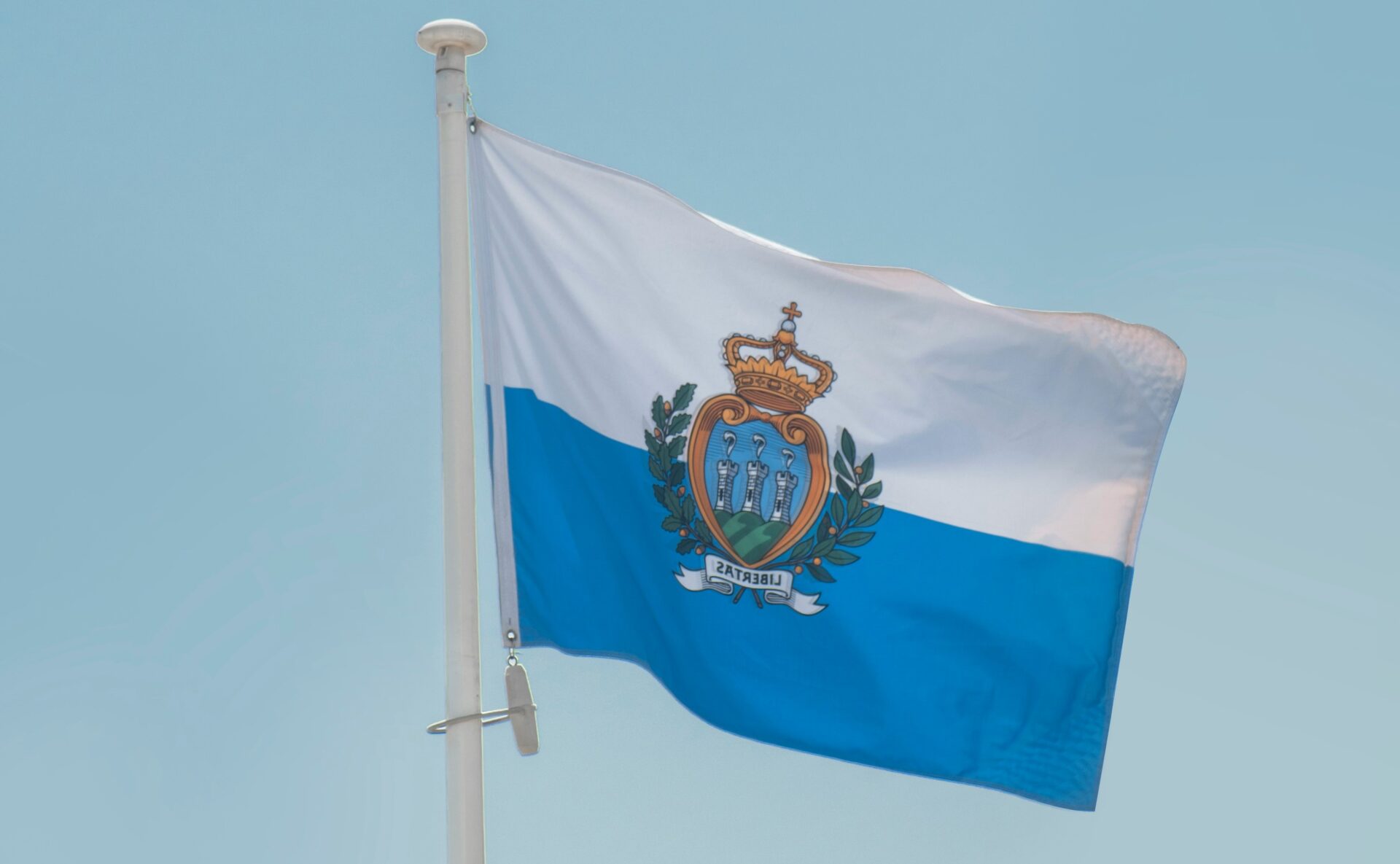
I spent hours exploring the narrow cobblestone pathways, each corner revealing another postcard-perfect view of the surrounding countryside.
I recommend setting aside at least a full day to properly experience San Marino’s charms. The morning can be spent touring the famous three towers, while afternoons are perfect for browsing the tax-free shops along the main streets of the capital city. As evening approaches, find a spot to watch the sunset spread across the Italian landscape below – it’s a moment of peace that makes the journey worthwhile.
Exploring the Heart of San Marino: The Historic Centre
The Historic Centre of San Marino captivates visitors with its medieval charm and stunning panoramic views. This UNESCO World Heritage Site perched atop Mount Titano offers a perfect blend of history, culture, and breathtaking landscapes.
Venturing to Mount Titano
Mount Titano forms the dramatic backdrop of San Marino’s historic center. As I walked through the narrow cobblestone streets, I was struck by the incredible views of the surrounding Italian countryside.
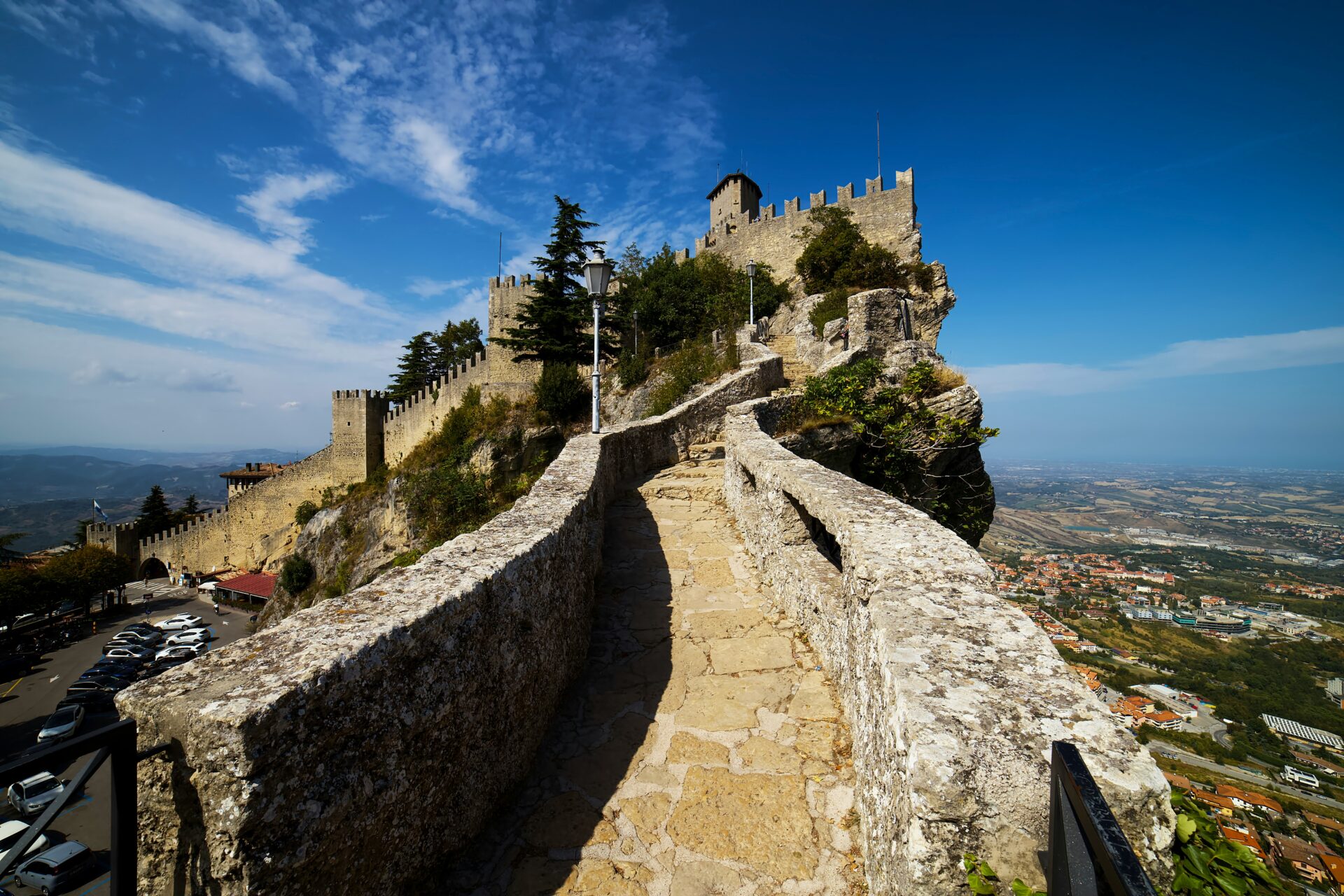
This 739-meter limestone mountain creates a natural fortress that has protected the tiny republic for centuries.
The historic center sitting atop Mount Titano is easily accessible. I recommend taking the cable car from the bottom of the mountain if you’re not up for the steep climb. The ride offers spectacular views and saves your energy for exploring the winding streets of the Old Town.
The mountain and its castle towers have been recognized by UNESCO as a site of “outstanding universal value,” and it’s easy to see why once you’re standing at the summit taking in the panoramic vistas.
Discovering the Three Towers: Guaita, Cesta, and Montale
The iconic Three Towers of San Marino are the republic’s most famous landmarks. The oldest and most renowned is Guaita (First Tower), built in the 11th century. I was amazed by its imposing stone walls and the small museum inside displaying ancient weapons.

Cesta (Second Tower) houses the fascinating Museum of Ancient Arms with over 700 weapons dating from the Medieval period to the 1800s. The tower itself sits at the highest point of Mount Titano.
Montale (Third Tower) is more mysterious as it’s not open to the public. This tower served primarily as a prison and observation post.
All three towers are connected by a scenic path called the “Passo delle Streghe” (Witches’ Pass). The walk between them offers incredible photo opportunities and breathtaking views of the countryside below.
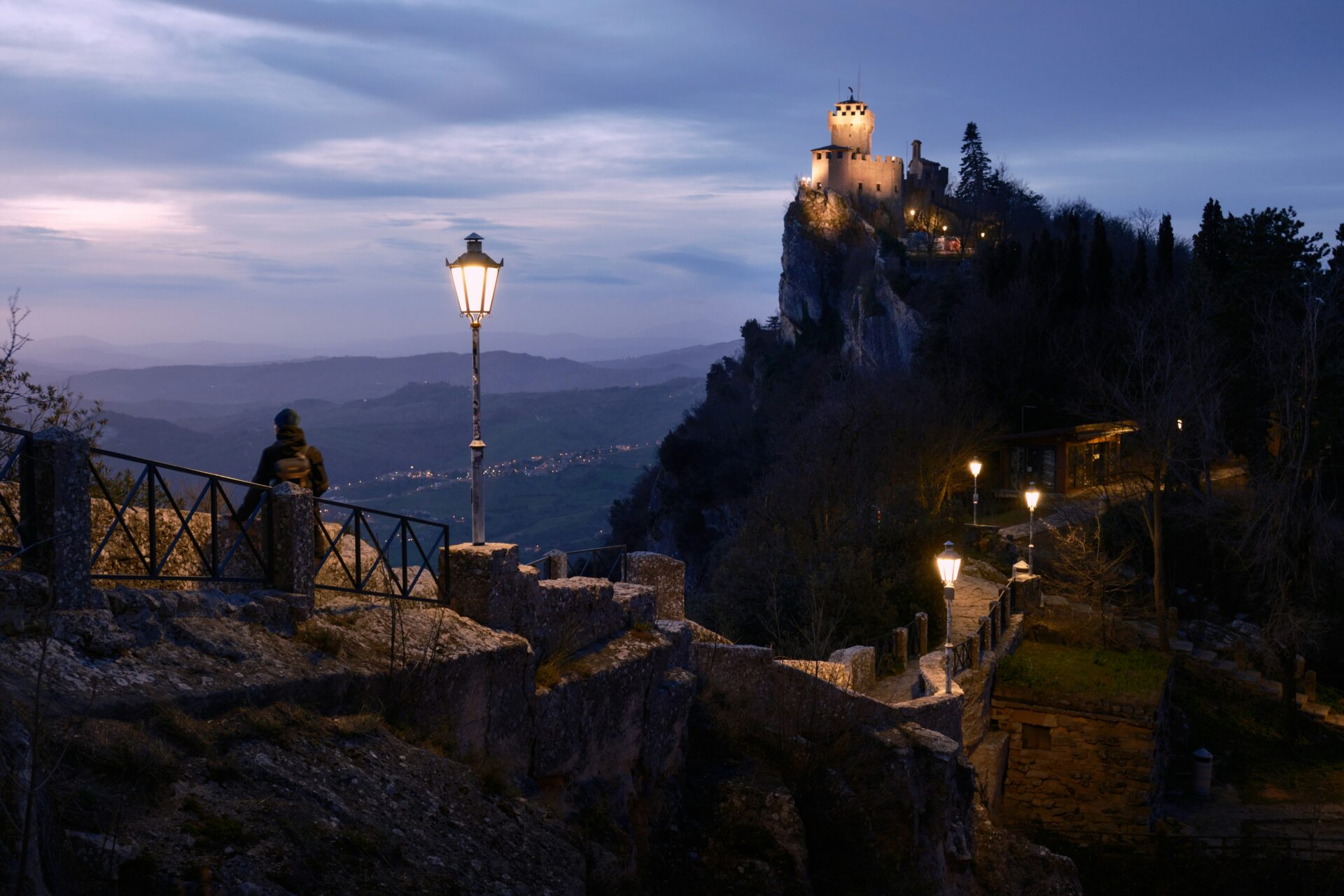
The Grandeur of Palazzo Pubblico
The elegant Palazzo Pubblico (Public Palace) serves as San Marino’s town hall and government building. Its neo-Gothic façade with crenellated towers immediately caught my eye when I entered Piazza della Libertà.
Inside, the building features ornate rooms, beautiful frescoes, and portraits of important figures in San Marino’s history. Don’t miss the Changing of the Guard ceremony that takes place hourly during summer in front of the palace – the guards’ colorful uniforms are a photographer’s dream!

The square itself bustles with activity, lined with cafés where I enjoyed a cappuccino while watching the world go by. The palace represents the heart of San Marino’s civic life and symbolizes the republic’s long-standing independence.
The Allure of Tax-Free Shopping
One of San Marino’s biggest draws for visitors is its status as a tax haven. Shopping here offers significant savings compared to neighboring Italy, making it a paradise for bargain hunters and luxury shoppers alike.
Navigating the Boutique Haven
The main streets of San Marino’s historic center are lined with an impressive array of boutiques and specialty shops. I found everything from high-end fashion and leather goods to electronics and perfumes at prices 20-25% lower than in Italy. Many shops prominently display “Tax-Free” signs in their windows.
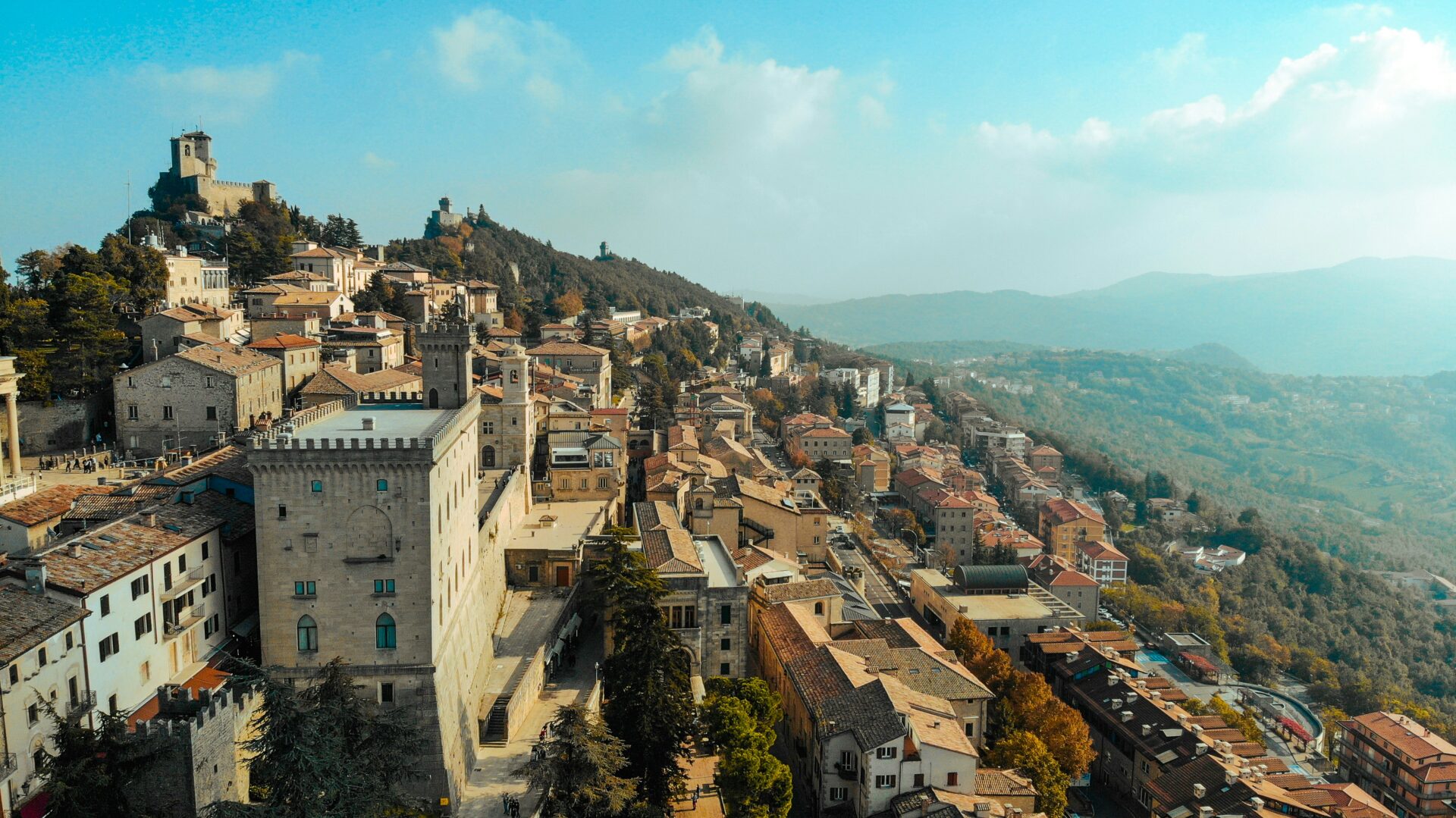
The best shopping areas include Via Donna Felicissima and Contrada del Pianello, where I discovered both international brands and local artisan products. Most stores accept euros and credit cards, though I recommend carrying some cash for smaller purchases.
Shopping hours typically run from 9:00 AM to 7:00 PM, with some shops closing for a midday break. During peak tourist season (May-September), stores often stay open later.
Souvenir Hunting in Borgo Maggiore
For a more authentic shopping experience, I love visiting Borgo Maggiore, located just below the historic center. This charming district hosts a lively market on Thursdays that’s been running since medieval times.
The market offers:
- Local food products and wines
- Handcrafted ceramics and glassware
- Traditional San Marino stamps and coins (highly collectible!)
- Replica medieval weapons and armor
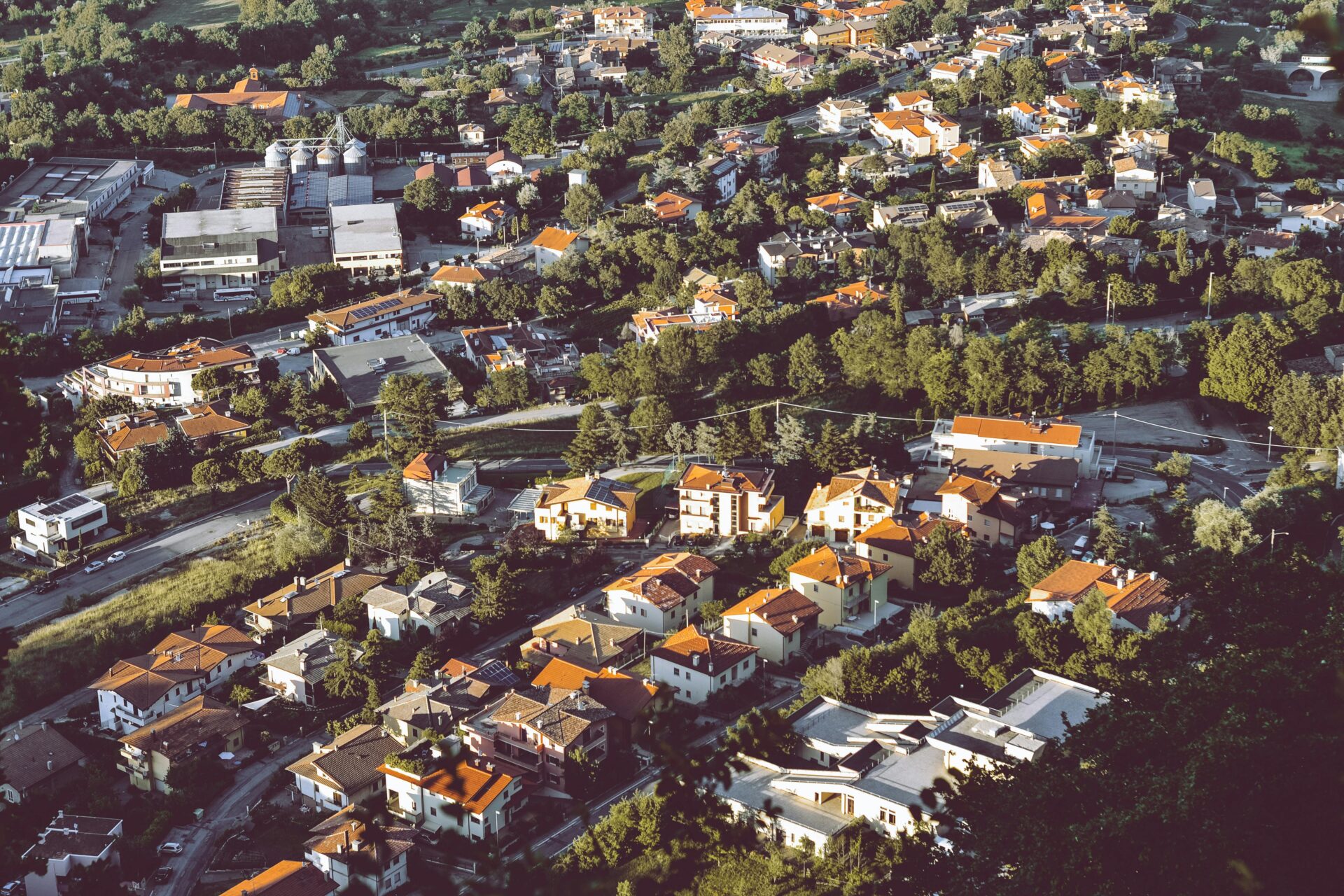
To reach Borgo Maggiore, take the scenic cable car from the capital city. The ride costs about 4.50 euros round-trip and offers spectacular views of Mount Titano and the surrounding countryside.
I’ve found the vendors in Borgo Maggiore to be incredibly friendly and less focused on tourist crowds. Many are happy to share stories about their crafts and the history of San Marino while you browse their unique wares.
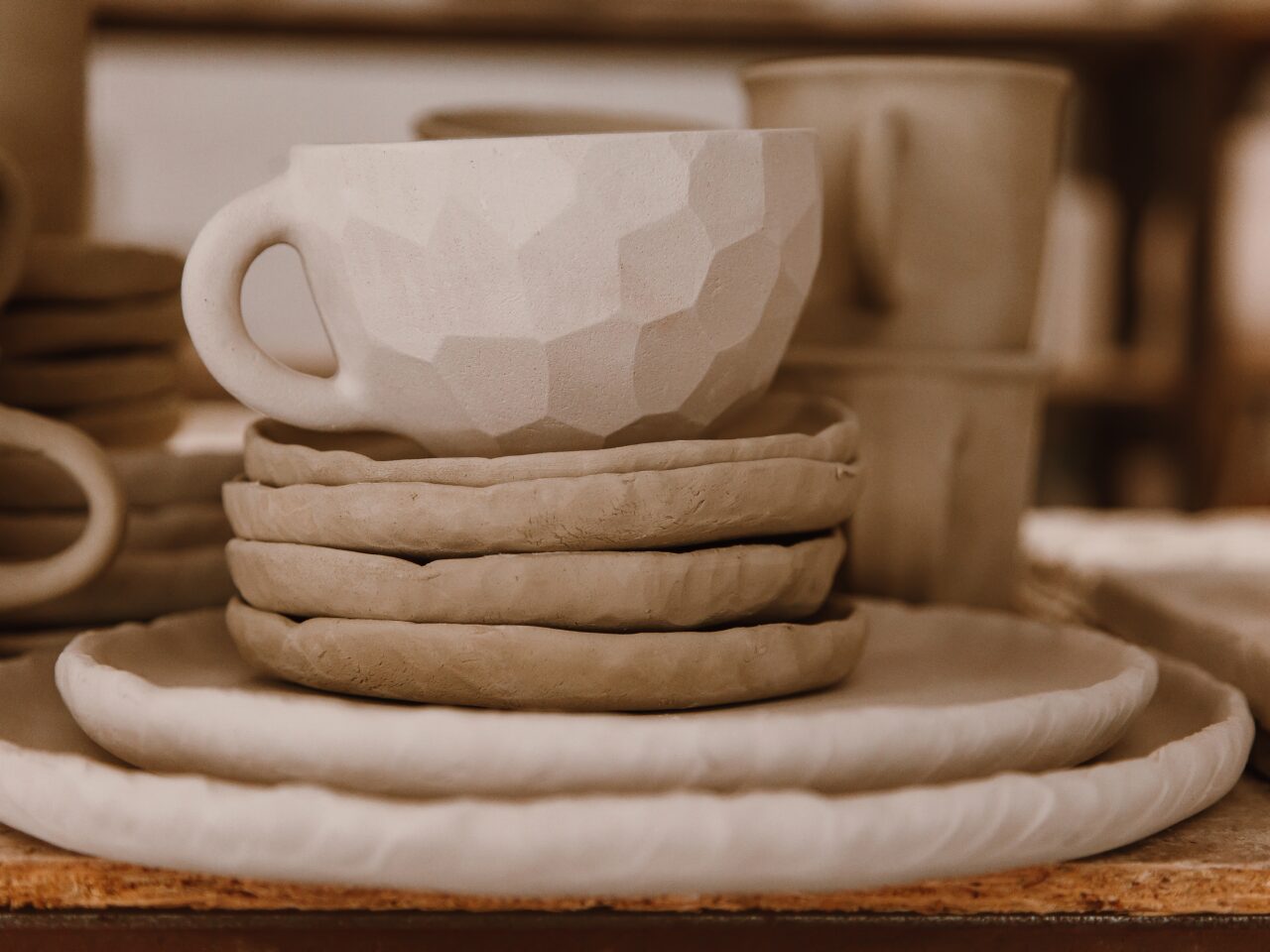
Cultural Treasures and Museums
San Marino’s cultural heritage extends far beyond its medieval towers. The tiny republic houses remarkable museums that showcase its rich history, traditions, and artistic achievements across the centuries.
Museo di Stato: A Journey Through Time
I was genuinely surprised by the depth of collections at San Marino’s State Museum. Located in the historic Palazzo Pergami, this museum houses archaeological finds dating back to Neolithic times. The Roman and Byzantine artifacts particularly caught my eye, telling the story of San Marino’s ancient foundations.
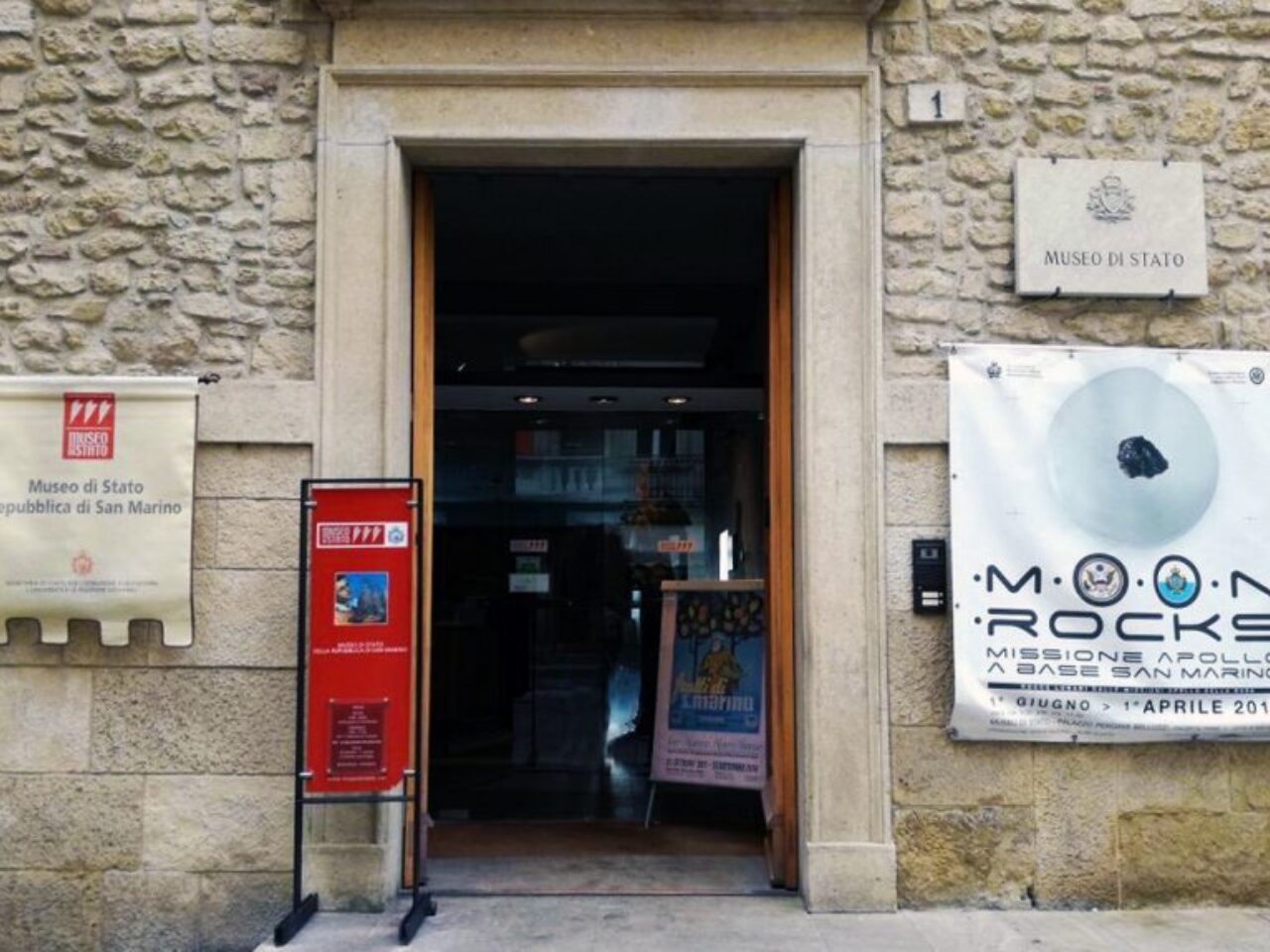
The museum’s Renaissance paintings section features works by notable Italian masters. I spent nearly an hour examining the numismatic collection, which includes rare coins from the Republic’s history alongside medieval treasures.
What impressed me most was the museum’s archaeological section with Etruscan artifacts and Egyptian antiquities. Despite the museum’s compact size, it packs an impressive cultural punch that rivals larger institutions.
Museo dell’Emigrante: Stories of the Diaspora
This touching museum chronicles the Sammarinese diaspora through personal artifacts, photographs, and letters. I found the exhibits particularly moving as they document the struggles of citizens who left their tiny homeland seeking opportunities abroad.
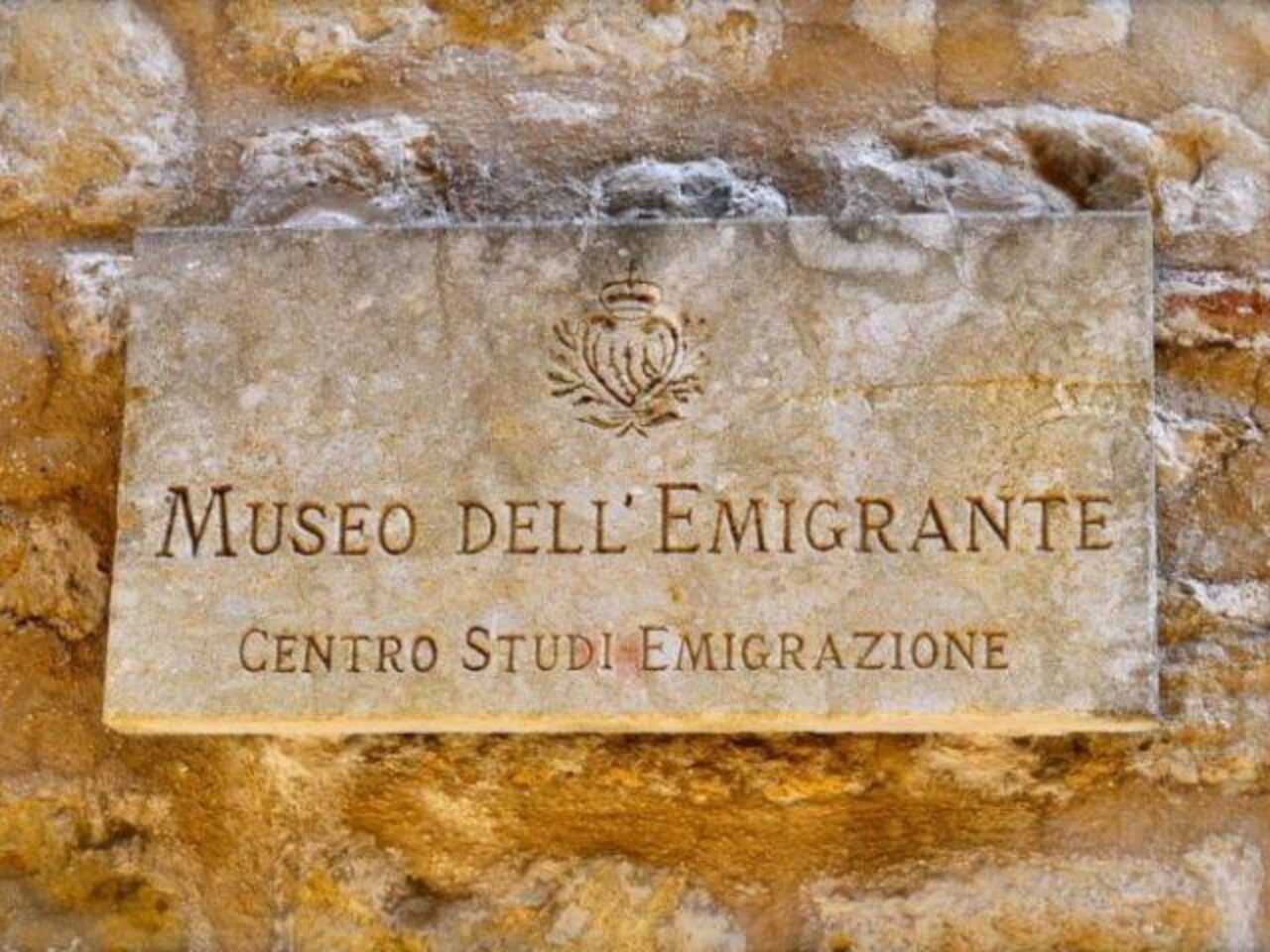
The museum divides its exhibits chronologically, showing different waves of emigration starting in the 19th century. Interactive displays let visitors listen to recorded stories from emigrants and their descendants.
What struck me was learning about the strong ties these emigrants maintained with their homeland. Many sent money back to help family members and contributed to public works in San Marino. The museum provides a poignant glimpse into how this tiny nation’s identity stretches far beyond its borders.
The Wax Museum and Other Curiosities
The Wax Museum offers a unique approach to San Marino’s history through life-sized figures depicting key moments and personalities. I found myself face-to-face with the Republic’s founder, Saint Marinus, and various historical Captains Regent.
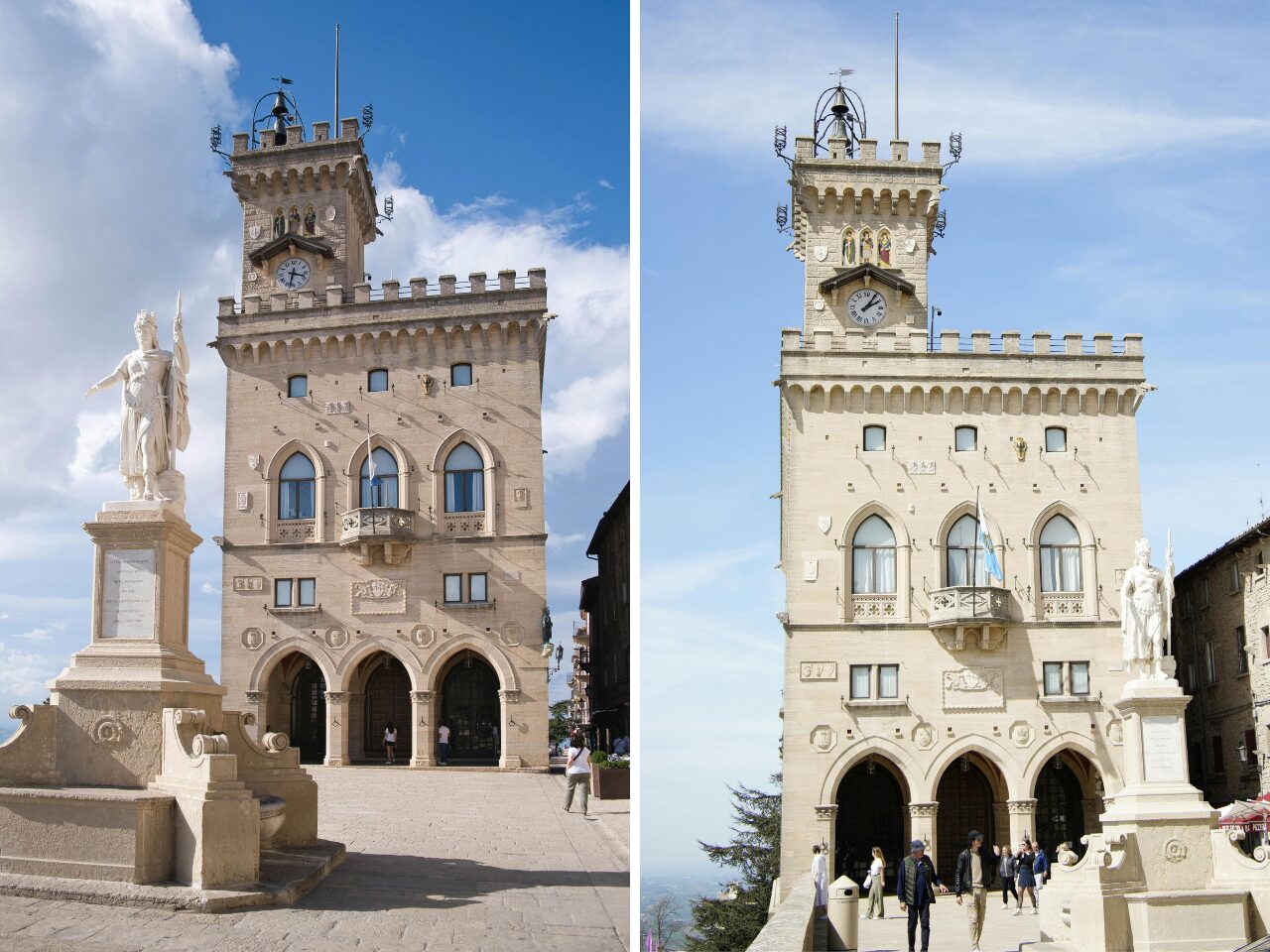
The attention to detail in the wax figures is impressive, from the period-accurate clothing to the realistic facial expressions. Each display includes informational plaques in multiple languages.
For those with varied interests, San Marino also houses several specialty museums:
- Museum of Curious Objects: Features oddities and unusual artifacts
- Museum of Ancient Arms: Displays weapons spanning several centuries
- Museum of Traditional Farming: Showcases rural life and agricultural practices
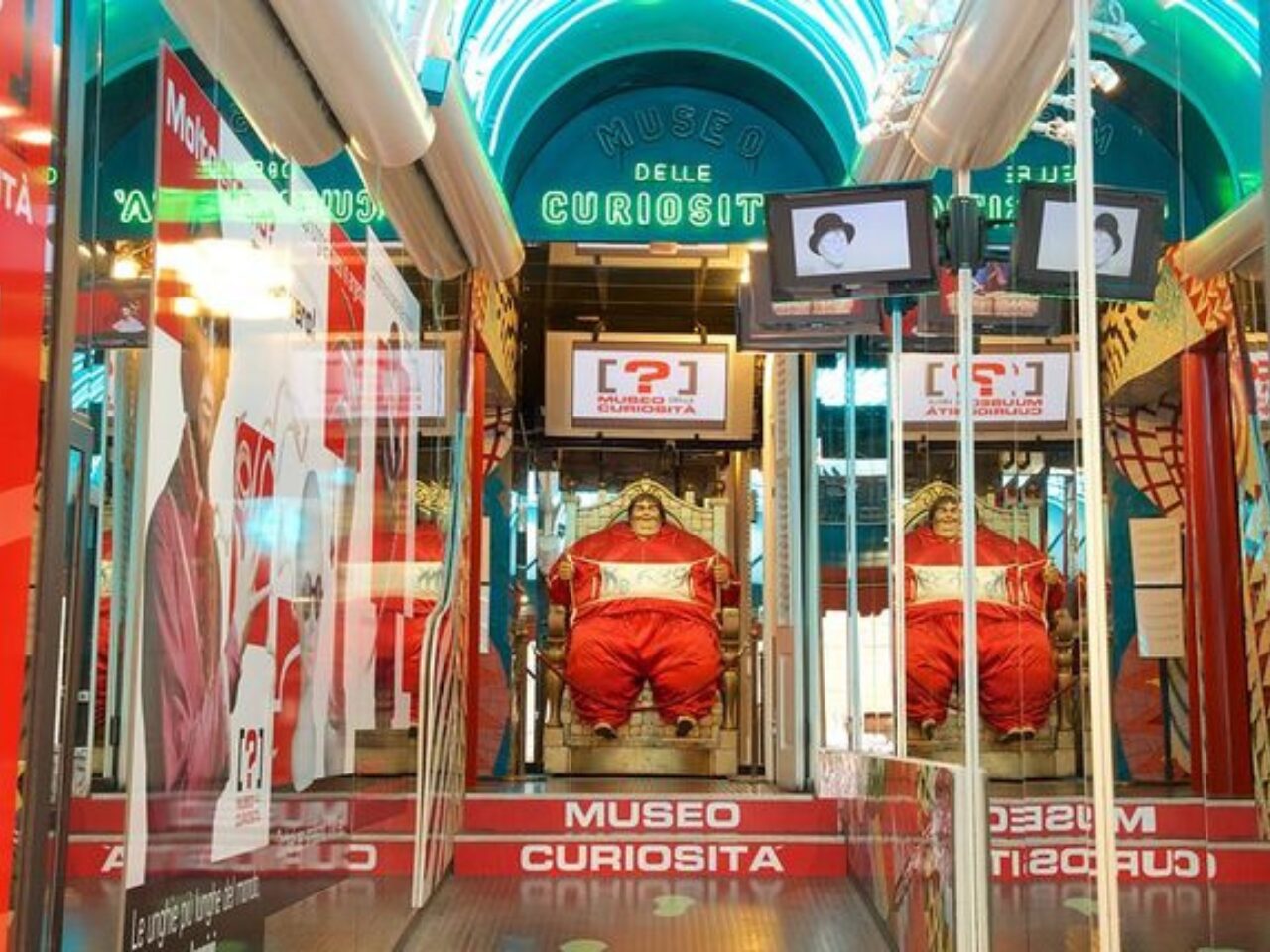
These smaller museums may not be world-famous, but they provide fascinating glimpses into San Marino’s unique culture and traditions.
Beyond the Capital: Exploring San Marino’s Hidden Gems
While the capital city captures most visitors’ attention, San Marino’s countryside and neighboring areas offer equally enchanting experiences with fewer crowds and authentic local culture.
The Charm of Santarcangelo di Romagna
Just a short drive from San Marino, I discovered the delightful town of Santarcangelo di Romagna. This medieval gem captivated me with its cobblestone streets and distinctive architecture.
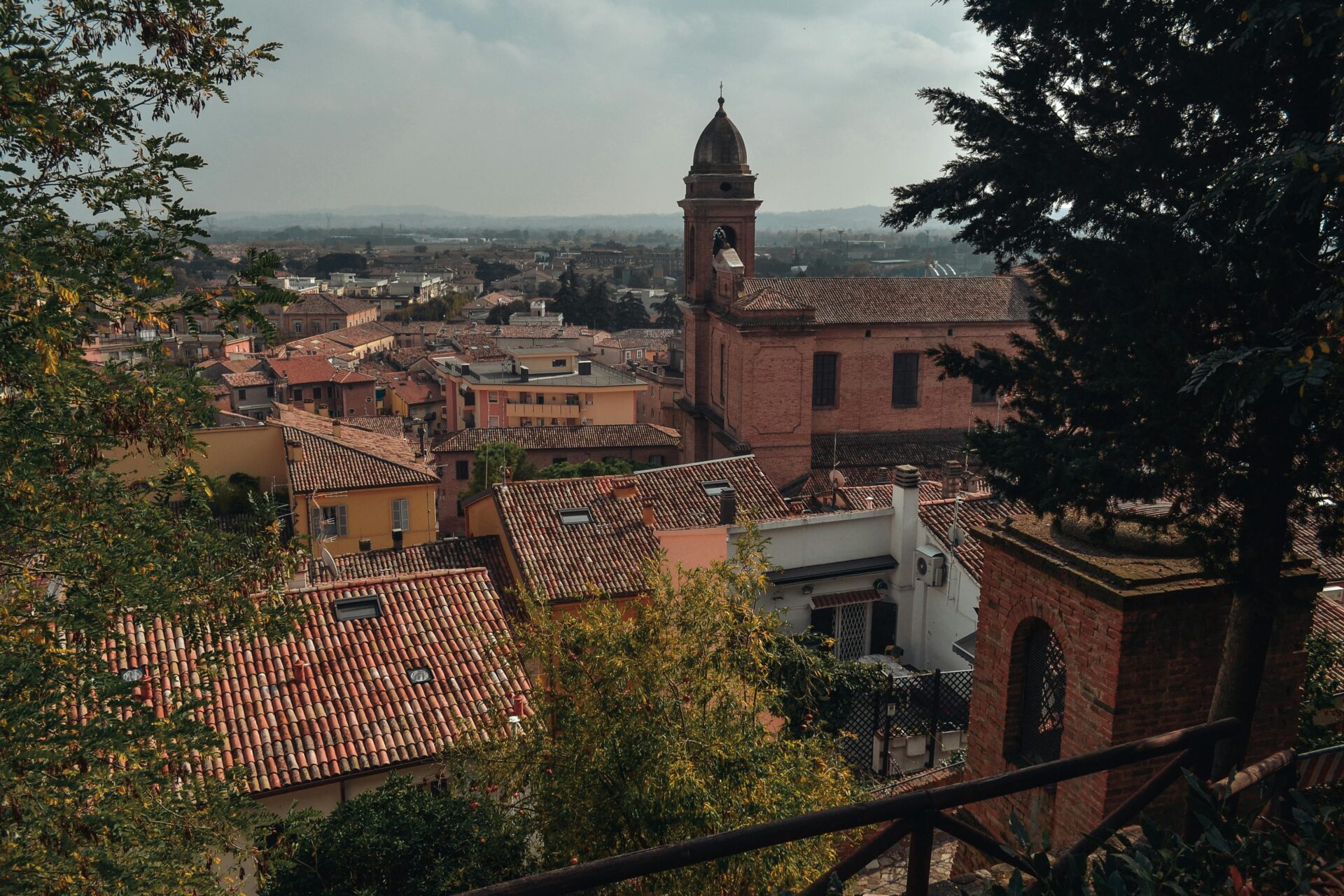
The town’s underground tunnels were my favorite surprise – a mysterious network of passages that locals believe were used for ancient rituals. You can book guided tours that explain their fascinating history.
The Wednesday market is a must-visit. I spent hours browsing stalls of local cheeses, handcrafted goods, and fresh produce. The vendors were happy to offer samples, and I left with bags full of authentic souvenirs.
For a perfect view, climb to Rocca Malatestiana fortress. The panorama stretches all the way to Rimini’s coastline on clear days.
Montegiardino’s Untouched Beauty
Montegiardino is one of San Marino’s smallest and most pristine villages. When I visited, I felt like I’d stepped back in time, with only about 900 residents maintaining its medieval character.
The perfectly preserved castle dominates the hilltop, offering spectacular views across valleys and olive groves. Unlike the busier parts of San Marino, I rarely encountered other tourists here.
I recommend stopping at the tiny local café where elderly residents gather. Their homemade piadina (flatbread) with fresh cheese is simple but unforgettable.
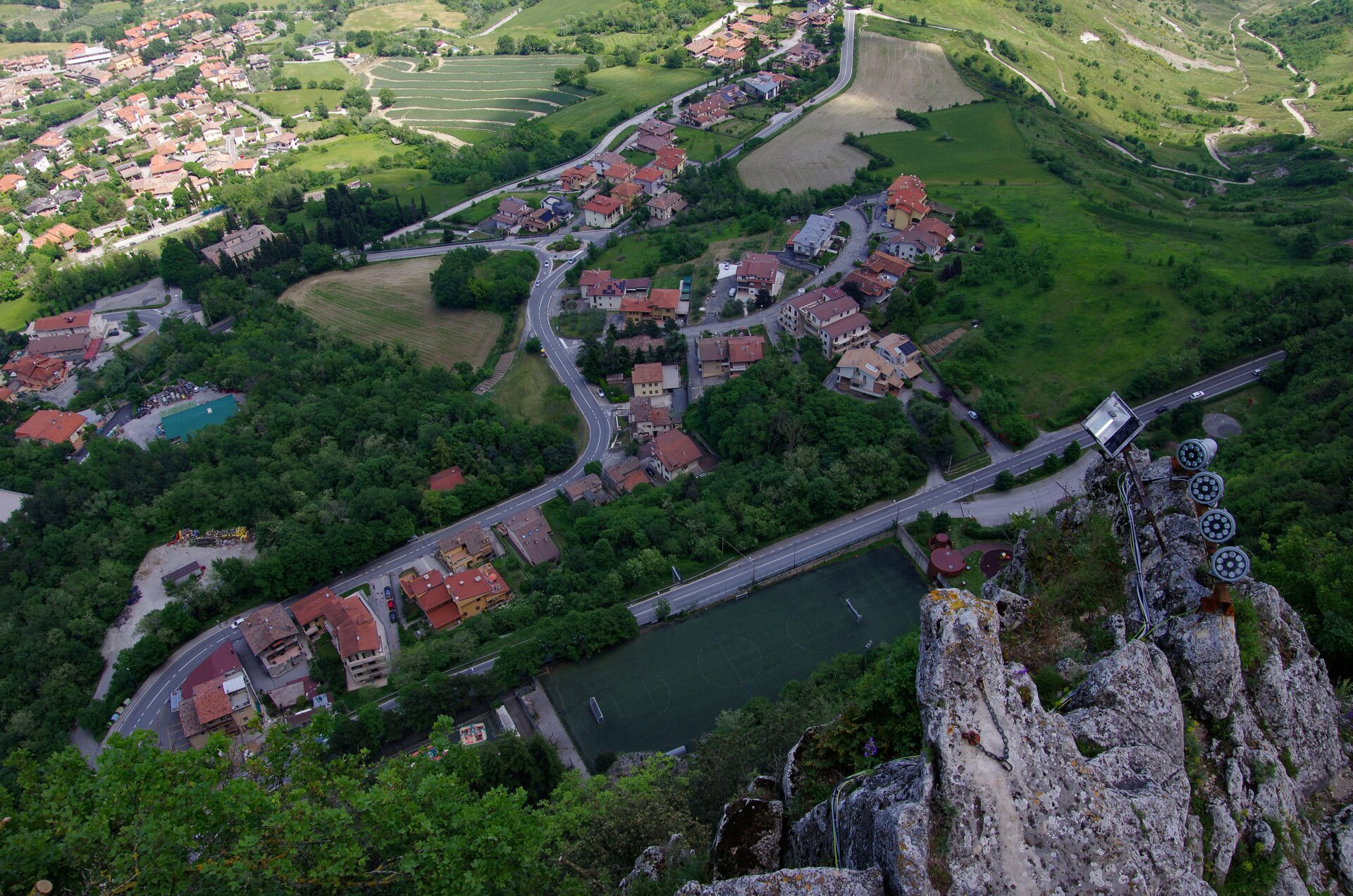
The walking trails surrounding Montegiardino connect to Rimini province. I spent a peaceful afternoon hiking through the countryside, discovering small chapels and panoramic viewpoints that don’t appear in guidebooks.
Practical Information for the Savvy Traveler
San Marino may be tiny, but navigating this microstate requires some insider knowledge to make the most of your visit. Planning ahead can save you time and euros while enhancing your mountain-top experience.
Getting Around: From Cable Cars to Walkable Streets
The most scenic way to reach San Marino’s historic center is by cable car from Borgo Maggiore. I paid just €4.50 for a one-way ticket and €9 for a round trip, which saved me the hassle of driving up the winding mountain roads.

Once you’re in the historic center, everything is walkable. The cobblestone streets are charming but can be steep in places. I recommend wearing comfortable shoes – my fancy sandals were a mistake I won’t repeat!
Public buses connect San Marino to Rimini for about €5 each way, running roughly every hour. If you’re staying in Rimini, this is your best option without a car.
Taxis are available but expensive. I arranged my hotel to call one when I needed to reach Ancona for an early flight.
Accommodation: From the Grand Hotel San Marino to Cozy B&Bs
The Grand Hotel San Marino offers the most luxurious stay with stunning views of the surrounding countryside. I splurged for one night (around €160) and found the panoramic breakfast terrace worth every euro.
Budget travelers should look at the charming B&Bs in Borgo Maggiore. I spent three nights at a lovely family-run place for €75 per night including breakfast.

Most hotels accept credit cards, but smaller establishments sometimes prefer cash. Always carry some euros, as not all places accept cards.
Book well in advance during summer months (June-August) and around Easter. I tried booking just two weeks before my July visit and found many places already full!
Memorable Moments: Collecting Your San Marino Passport Stamp
Don’t miss getting your passport stamped at the Tourist Information Office in Palazzo Pubblico! It costs €5, but this colorful souvenir is worth it.
The office is open daily from 8:30am to 6pm.
The stamp has become a collector’s item. I proudly show mine to fellow travel enthusiasts!
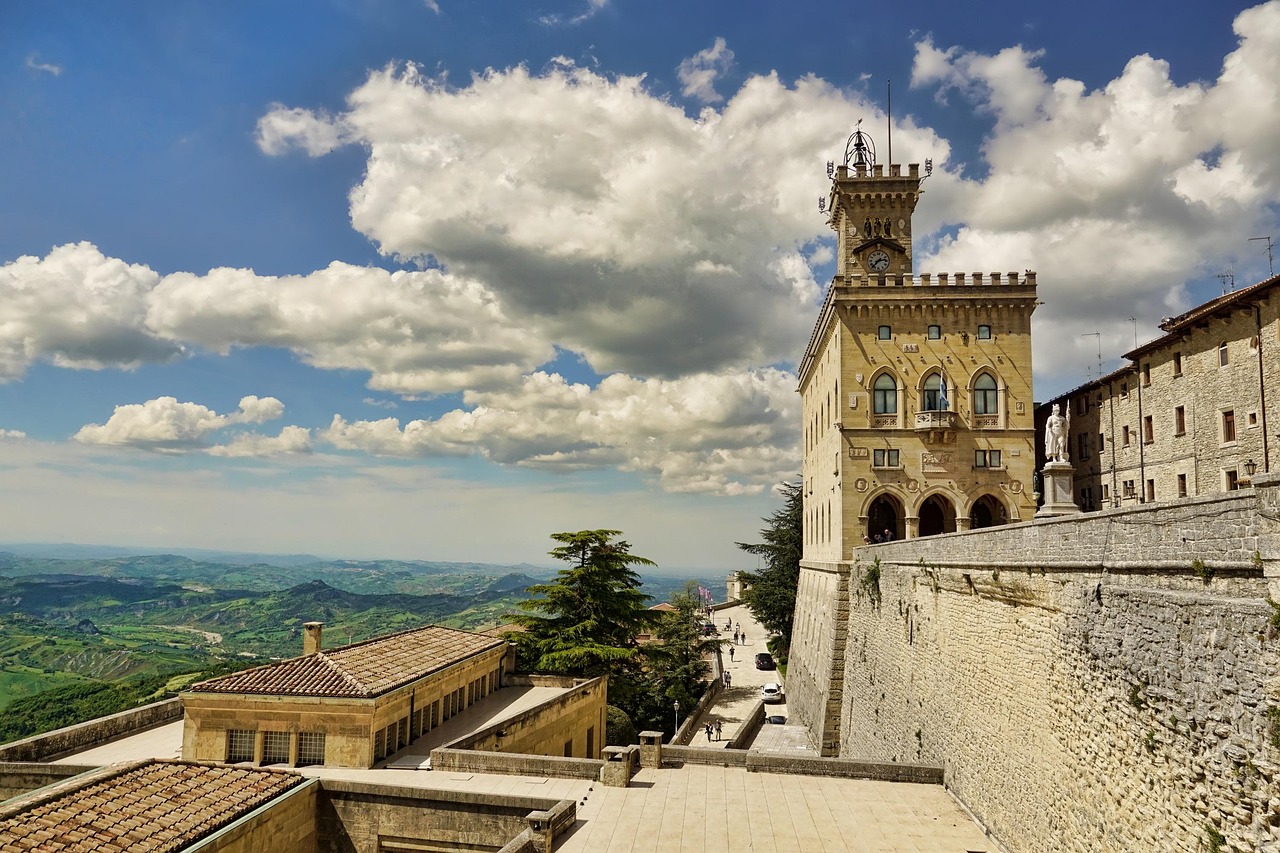
The tourist office also sells commemorative coins and postal stamps that make unique souvenirs. San Marino’s own euros feature distinct designs you won’t find elsewhere.
San Marino isn’t part of the EU despite using euros. This means duty-free shopping opportunities! I saved about 20% on a designer bag compared to prices in Italy.

